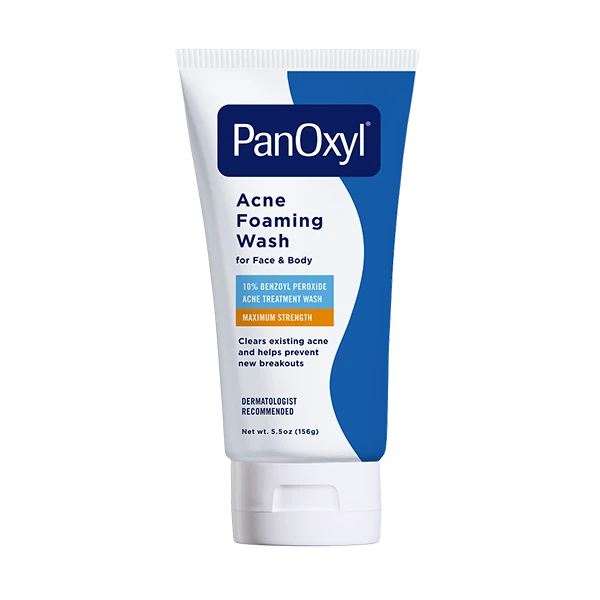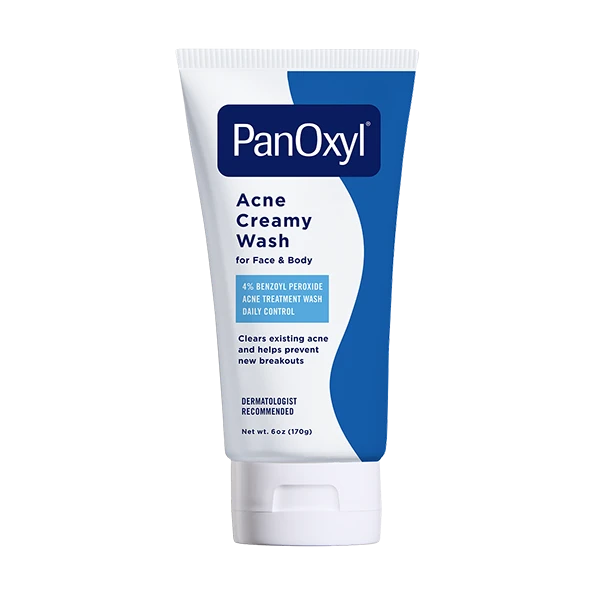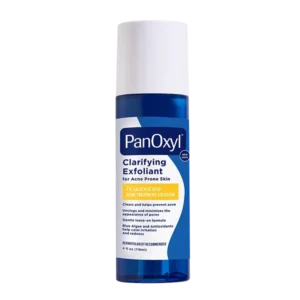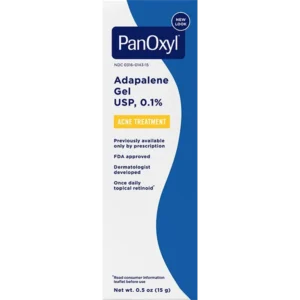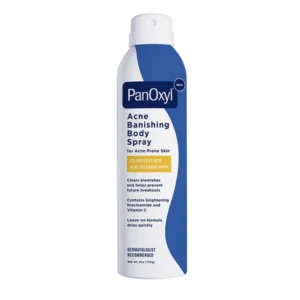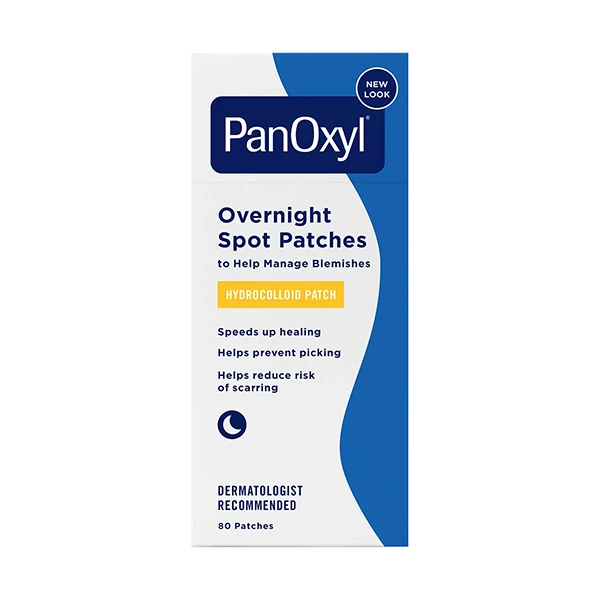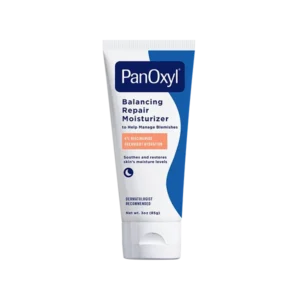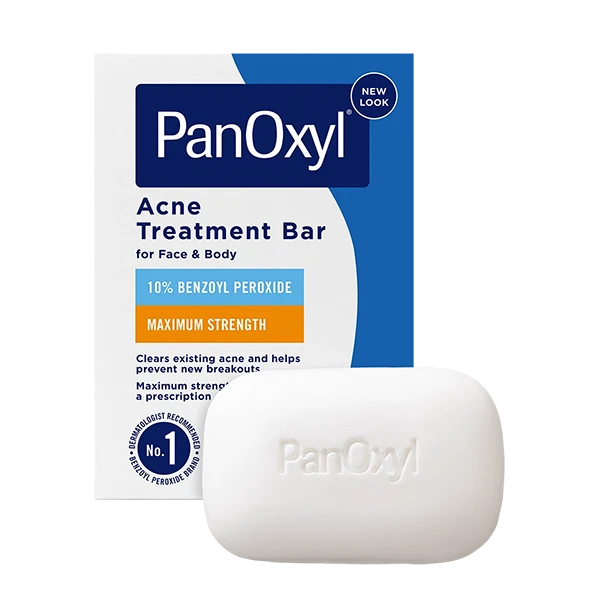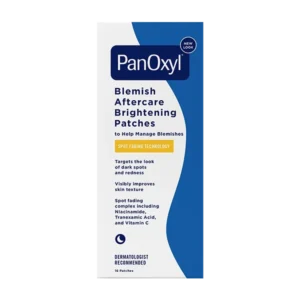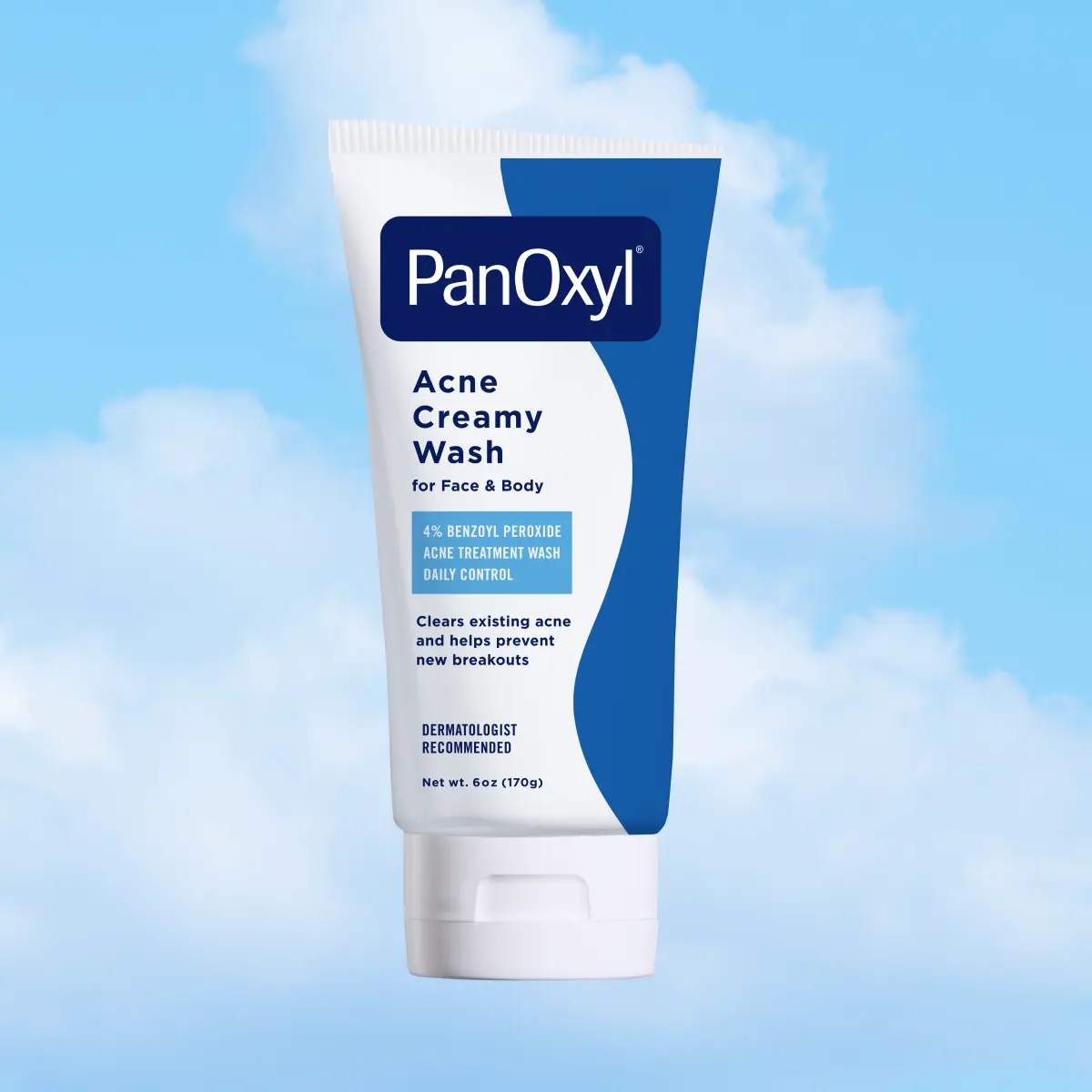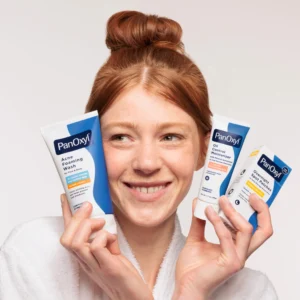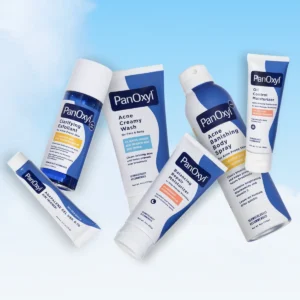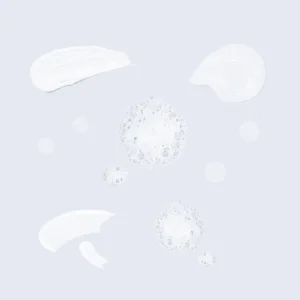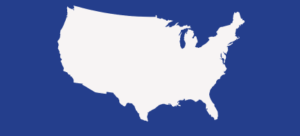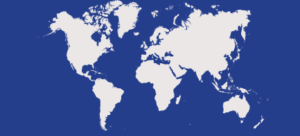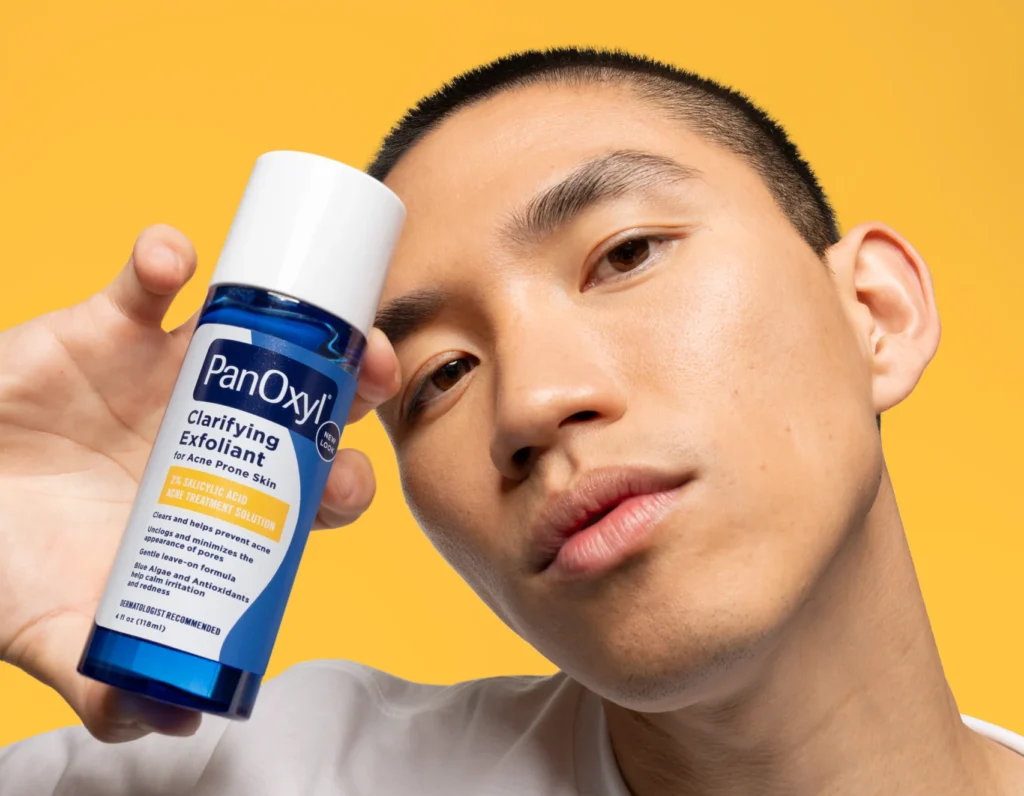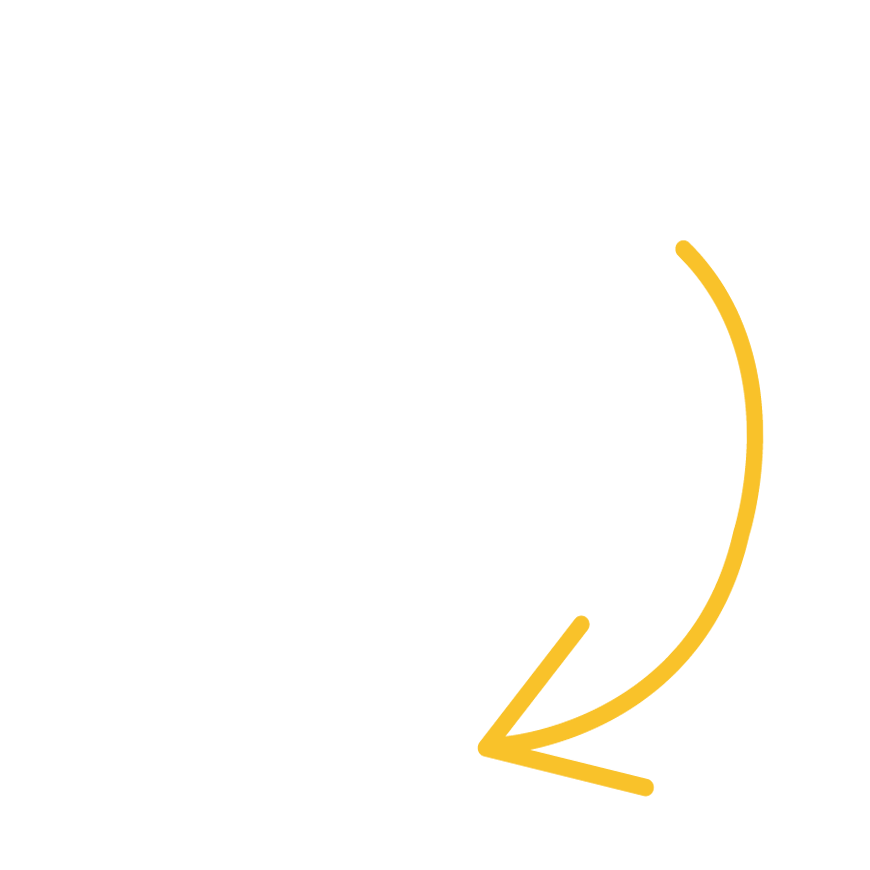Blackheads are a stubborn form of acne, but if you’re here that most likely means you’re even more stubborn. And we like that about you.
It’s time to evict blackheads from your skin and take control of your complexion. We’re going to teach you how to get rid of clogged pores and banish blackheads the right way.
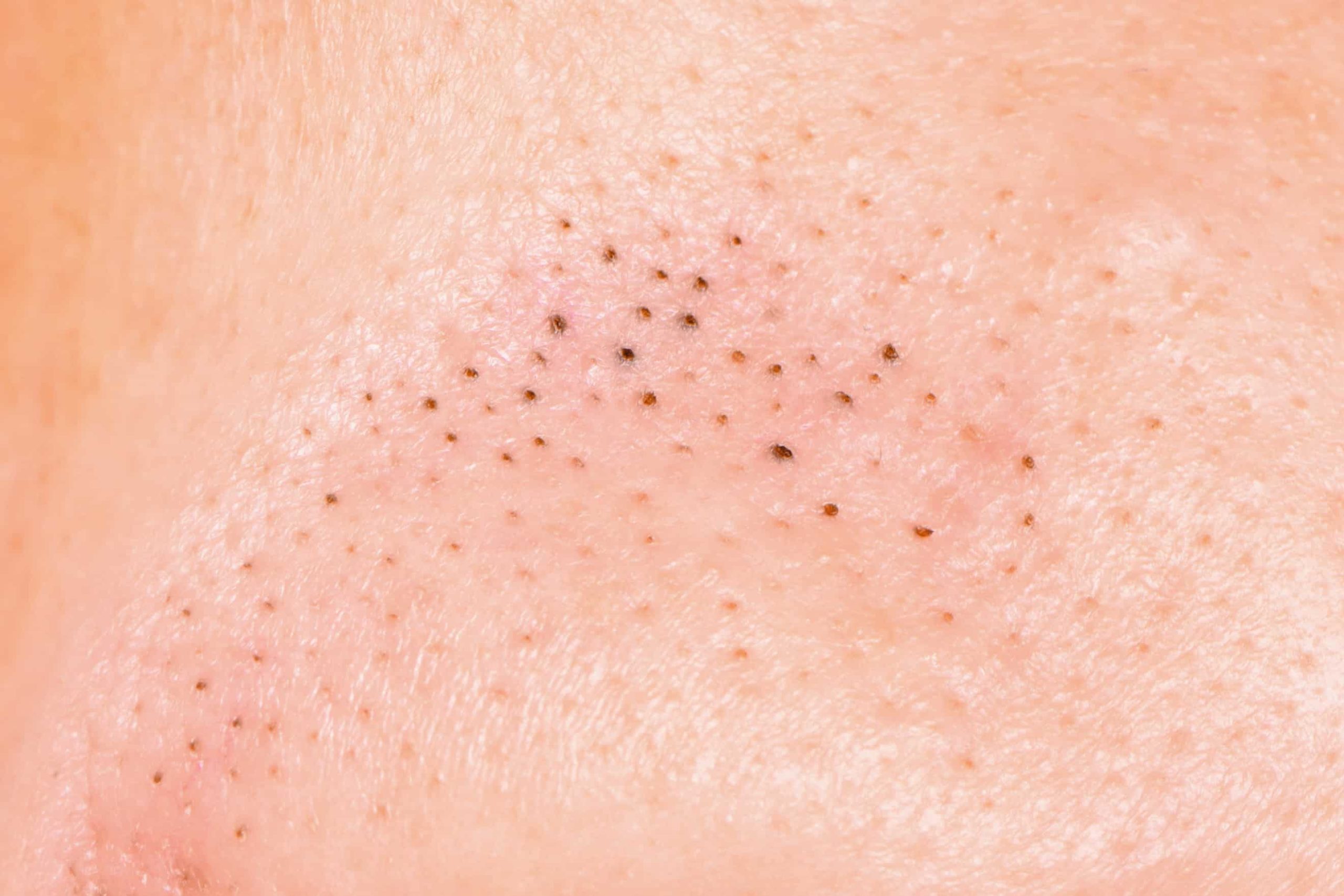
What is a blackhead?
First, a crash course about the enemy. Blackheads are the little dark spots that may dot your nose, chin, the inside of your ears or your chest. They’re really not picky about where they set up camp.
Blackheads look like dirt got shoved into your pores and it’s not coming back out without a fight. It’s actually not dirt inside your pores but a build up of excess oil, bacteria and dead skin cells.
Blackheads and whiteheads are very similar. They both start with clogged pores. If the clogged pore closes and is flesh colored or white, this is a whitehead. If the clogged pore stays open and all of the gunk is exposed to oxygen, then it turns brown or black and results in a blackhead.
What not to do
We know. Once you’ve spotted blackheads, you want them gone yesterday. Unfortunately, some of the quick solutions can have daunting consequences to your skin and lead to even more breakouts.
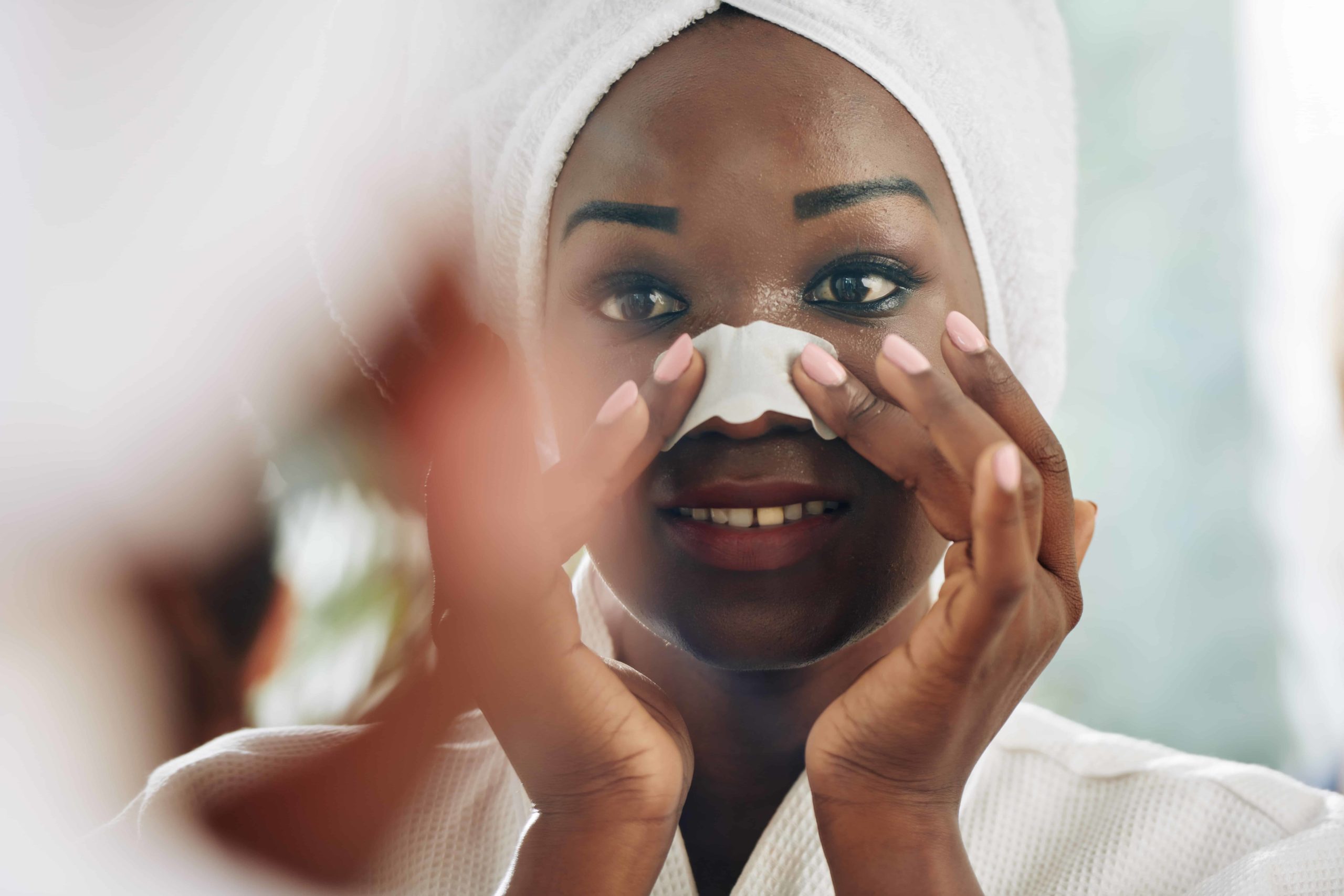
Pore strips
Let’s settle this: are pore strips bad? Removing a pore strip to see a forest of gunk from your pores may be oddly satisfying, (to some… we don’t judge here) but your skin ultimately won’t be satisfied. Let’s take a look at how pore strips (or nose strips) work.
The strips are made out of a strong adhesive that removes top layers of dead skin cells and blackheads. It’s similar to putting a piece of duct tape or a bandage on your skin, then ripping it off.
While pore strips may pluck your pores, they can also remove natural oils and hairs that help your skin. This can dry out and irritate your skin—two things that can spell more breakouts.
While pore strips can be effective at clearing your pores, they don’t do anything to treat the underlying causes of blackheads. Their effects are temporary and without any other treatment, the blackheads will inevitably reappear.
Don’t throw them out just yet. Pore strips are still great last minute solutions, but they should be used sparingly and supplemented by other treatments.
Pinching, pulling and popping
You may have seen a certain doctor who loves to pop pimples. Those videos should probably come with a warning that says, “Kids, don’t try this at home.”
Without proper training, picking and popping can leave behind permanent scars or cause skin discoloration which can be harder to treat than acne. You also risk an infection or in some cases, push some of the contents inside the pimple deeper into the skin and increase inflammation.
DIY blackhead removal
Retinoids
For many dermatologists, retinoids are key players in blackhead removal. You may have heard of retinoids being used in anti-aging products. The Vitamin A derivative helps your skin shed old cells on the surface and encourages new cell growth. This rapid cell turnover process also helps clear blackheads and acne.
By helping skin to shed dead cells and grow new ones quickly, the dead cells are less likely to get clogged in your pores. This helps prevent new blackheads from forming. Topical retinoids are also comedolytic, meaning they help unclog pores to banish existing blackheads.
Adapalene is the only retinoid treatment available over-the-counter. However, for more stubborn blackheads, you may consider talking to your dermatologist about a prescription-strength retinoid.
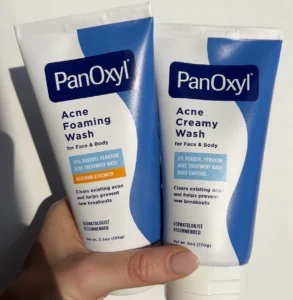
Benzoyl peroxide
If skincare was defined in terms of relationship statuses, retinoids and benzoyl peroxide washes would be baes for life. Many dermatologists will recommend a benzoyl peroxide wash like PanOxyl when they prescribe a retinoid because they work well together.
While retinoids do a lot of the heavy lifting, benzoyl peroxide washes go in for the knockout by helping to remove excess P. acnes bacteria on your skin. PanOxyl starts killing these bacteria almost immediately on contact.
PanOxyl acne washes can also be used anywhere blackheads may appear. This includes your face, chest and back. One of the most convenient ways to use PanOxyl is during a shower. Just remember to rinse thoroughly as benzoyl peroxide can bleach your clothes or your sheets.
Salicylic acid
You may also want to add a product containing salicylic acid to your skin care routine. Salicylic acid helps prevent clogged pores by chemically exfoliating your body’s top layer of skin.
Some salicylic acid washes double as a scrub. Dermatologists with Allure recommend using these types of acne washes up to three times a week for oily or combination skin and just once weekly for sensitive skin.
Sulfur
This may sound like something out of your chemistry class, but sulfur is a tried and true method for treating milder forms of acne such as blackheads and whiteheads. Sulfur has antimicrobial properties—meaning it kills acne-causing bacteria. It also dries out the surface of your skin to help get rid of excess oil that may clog your pores.
A convenient option for using sulfur to treat acne is in bar form such as Sulfo-lo. This cleansing bar is dermatologist recommended to help clear anti-inflammatory acne.
Go see the pros
If you’re in a bind and desperate to get rid of stubborn blackheads ASAP, a visit to your dermatologist may be in order. Trained dermatologists can safely extract the blackheads using the proper tool called a comedone extractor. During microdermabrasion, the doctor uses this tool that looks like a pen or a wand to remove stuff inside the clogged pore like a vacuum cleaner.
What else can I do to help prevent blackheads?
- Use a mild cleanser every day
- Make a pact to always remove your makeup before going to bed
- Wash your makeup brushes once every seven to ten days
- Use non-comedogenic skincare and hair products
- Moisturize
Remember: Blackheads are stubborn, but so are you
Give treatment some time to work. If you know you have an important event coming up like a wedding, prom or even a big speech, get a head start on treating and preventing blackheads a few weeks prior.
Blackheads are also an on-going problem that stems from your body producing excess oils. Once you start a treatment, you’ll want to stay with it unless otherwise directed by your dermatologist.
Now that you can tackle blackheads, are you ready to take on butt acne? Learn what causes butt acne and how to get rid of it fast.
